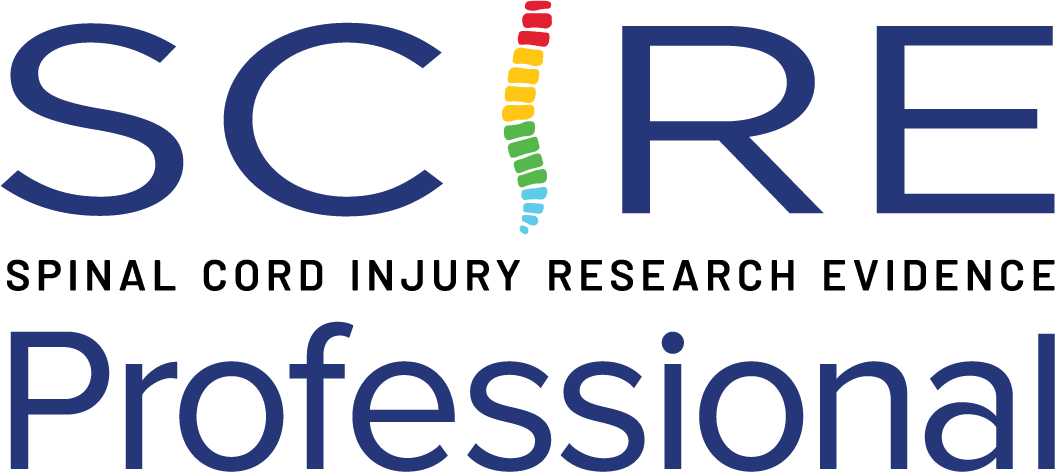Effect of Functional Electrical Stimulation (FES) on OH
The application of FES triggers intermittent muscle contractions that activate the physiologic muscle pump. The physiologic muscle pump facilitates venous return via compression of the superficial and deep veins of the legs.
Discussion
FES may be an important treatment adjunct to minimize cardiovascular changes during postural orthostatic stress in individuals with SCI. Several studies have suggested that FES-induced contractions of the leg muscles increases cardiac output and stroke volume, which increases venous return (Raymond et al. 2001). Subsequently, this increases ventricular filling and left ventricular end-diastolic volume (i.e., enhanced cardiac preload). According to the Frank-Starling effect, an increase in ventricular preload will lead to greater stretch of the myocytes and a concomitant increase in left ventricular stroke volume. The increased stroke volume may produce greater cardiac output and consequently, greater arterial blood pressure. In this manner, FES-induced contraction of the leg muscles may attenuate the drop in systolic BP during an orthostatic challenge.
FES-induced contractions of the leg muscles may also restore the body’s ability to redistribute blood from below the level of the lesion back to the heart. Davis et al. (1990) found that FES of the leg muscles resulted in increased cardiac output and stroke volume in 6 males with paraplegia performing maximal arm-crank exercise. These results suggest that FES of leg muscles could alleviate the lower limb pooling effect during orthostatic challenges. Chi et al. (2008) suggested that alleviation of the pooling effect could be further enhanced when FES of leg muscles is combined with passive mobilization. However, the clinical utility of this combination must be examined further in people with SCI as participants in Chi et al. (2008) did not have SCI. Further, a study by Daunoraviciene et al. (2018) found that FES applied to the quadriceps and calf muscles reduced the occurrence of OH and stabilised blood pressure and HR when verticalized by Erigo, a verticalization robot. A cross-sectional study by Yoshida et al. (2013) compared isometric FES of leg muscles vs. passive stepping vs. isometric FES + passive stepping. They found that both FES and passive stepping increased stroke volume and mean BP, but that the highest increase resulted from combined FES + stepping; however, the two interventions did not interact to synergistically increase stroke volume and mean aBP.
Contrastingly, in a study by Phillips et al. (2018), all participants experienced OH during an orthostatic challenge which was reduced with FES; however, lower-limb skeletal muscle contraction did not occur, meaning the reduction in OH cannot be attributed to skeletal muscle pump action.
FES results in a dose-dependent increase in BP independent of the stimulation site, which may be a useful treatment adjunct to minimise cardiovascular changes during postural orthostatic stress in individuals with acute SCI (Sampson et al. 2000). Three level 2 RCTs (Faghri & Yount 2002; Elokda et al. 2000; Sampson et al. 2000) and five non-randomized controlled trials (Chao & Cheing 2005; Raymond et al. 2001; Faghri et al. 2001; Faghri et al. 1992; Davis et al. 1990)provide support for the use of FES in individuals with SCI. FES of the lower extremity could be used by people with SCI as an adjunct during standing to prevent OH and circulatory hypokinesis. An FES-induced leg muscle contraction can delay OH caused by tilting and allow people with tetraplegia to stand up more frequently and for longer durations (Elokda et al. 2000; Sampson et al. 2000). This effect may be more beneficial to those with tetraplegia who have a greater degree of decentralized cardiovascular autonomic control and may not be able to adjust their hemodynamics to the change in position (Faghri et al. 2001).
Current protocols predominantly evaluate BP after a single application of FES with a single change in position. The feasibility and practicality of implementing FES to influence orthostatic BP over time needs to be further explored.
Conclusion
There is level 2 evidence (from small, lower quality RCTs) (Faghri & Yount 2002; Elokda et al. 2000; Sampson et al. 2000) and level 4 evidence (from one pre-post) (Daunoraviciene et al. 2018) that FES is an important treatment adjunct to minimize cardiovascular changes during postural orthostatic stress in individuals with SCI.
